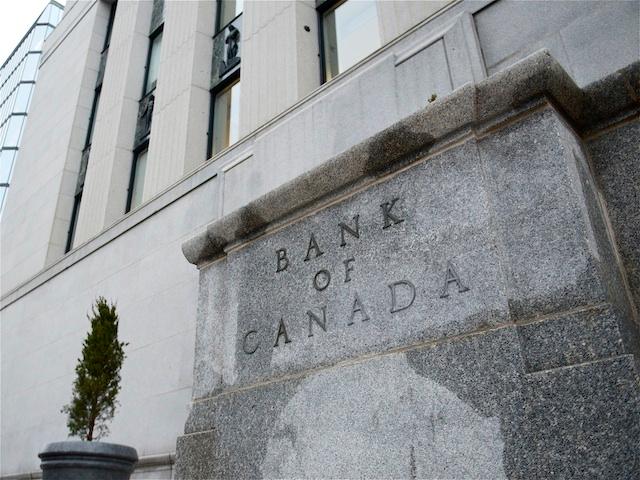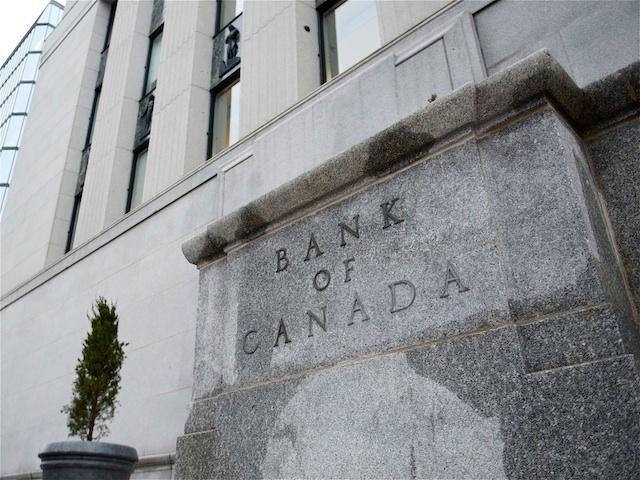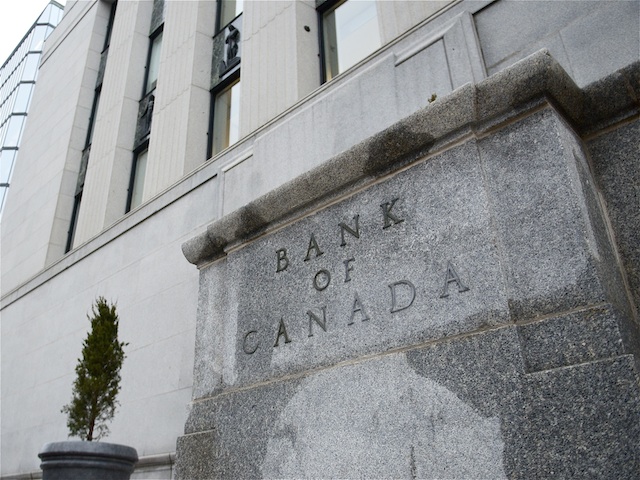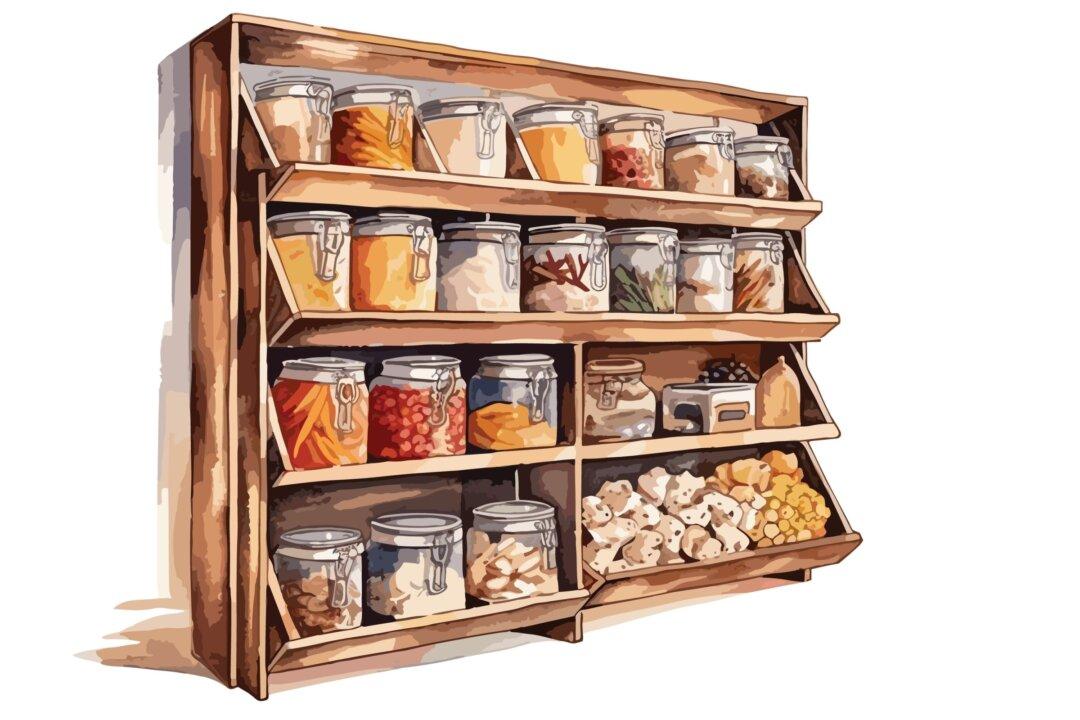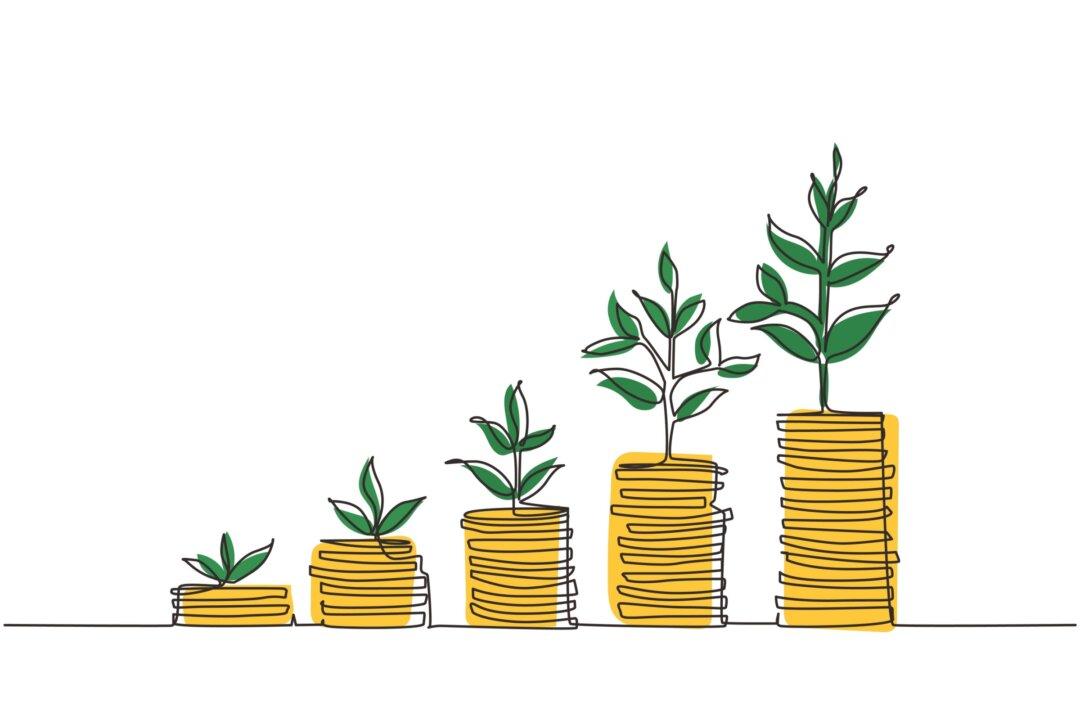The Canadian economy is performing better than expected but unusual oil prices are eating into some of that growth, Bank of Canada Governor Mark Carney said Wednesday on the release of the Monetary Policy Report.
While the global economic outlook looks better than projected up to 2014—with Europe set to come out of recession later in the year, and the U.S. looking strong—serious risks remain inside and outside the country.
Global commodity prices are high due to supply disruptions and geopolitical risks, but Canada isn’t benefitting as it normally does from high oil prices. In an unusual twist, Canadian producers are receiving considerably less for their oil than the international price of oil due to a saturated U.S. market.
“If sustained, these oil price developments could dampen the improvement in economic momentum,” said Carney
Overall, the report is good news for Canada with economic momentum “slightly firmer” than the bank’s January projections, thanks in part to a stronger-than-expected recovery in the United States.
As a result, confidence is up, meaning Canadian consumers and businesses are ready to spend. Carney said private domestic demand will fuel the vast majority of Canada’s economic growth for the foreseeable future.
But the downside of that is increasing household debt, which Carney called Canada’s “biggest domestic risk.”
The Conservatives’ mild austerity budget means government spending will contribute little to economic growth.
The same holds with net exports, which will likely remain weak due to “modest external demand” and competitive challenges like Canada’s loony, which continues to fly high.
The economy will grow by some 2.4 percent, Carney projects, over 2012 and 2013 before slowing to 2.2 percent in 2014.
But economic growth and high gas prices will also hit Canadians with a back-to-normal inflation rate, which is expected to level out at the bank’s target rate of 2 percent up through to 2014.
But that rate could rise due to higher-than-expected oil prices, stronger-than-expected growth in the U.S., and higher-than-expected household spending.
While the Bank has maintained the incentive-to-spend overnight rate at 1 percent, that could be raised if inflation rises above the target rate and the economy remains strong.
